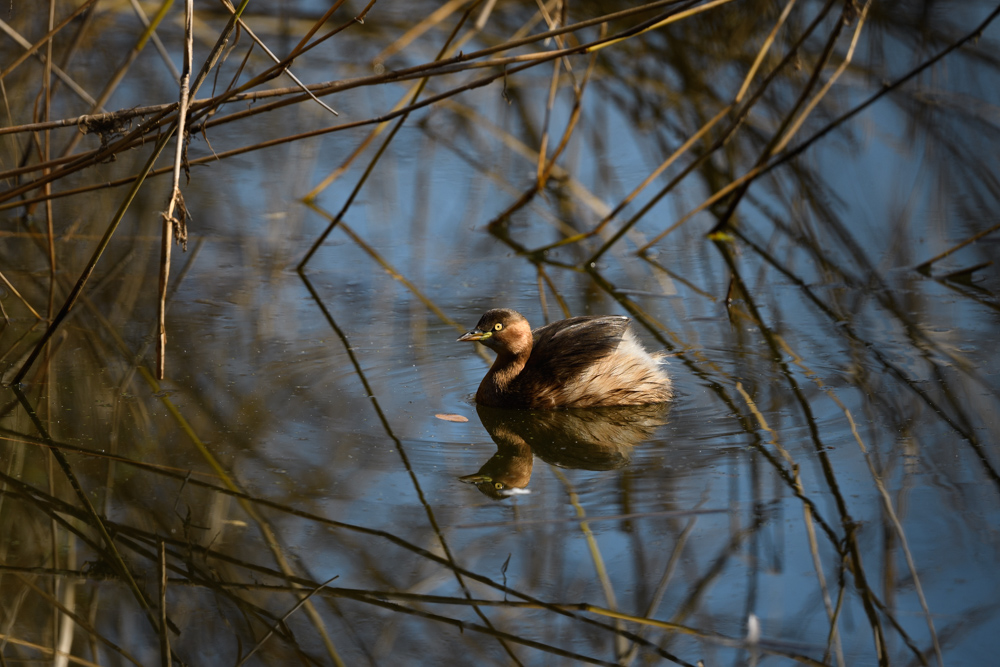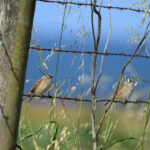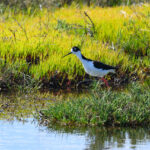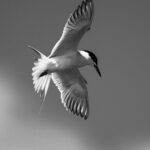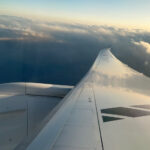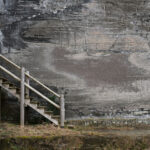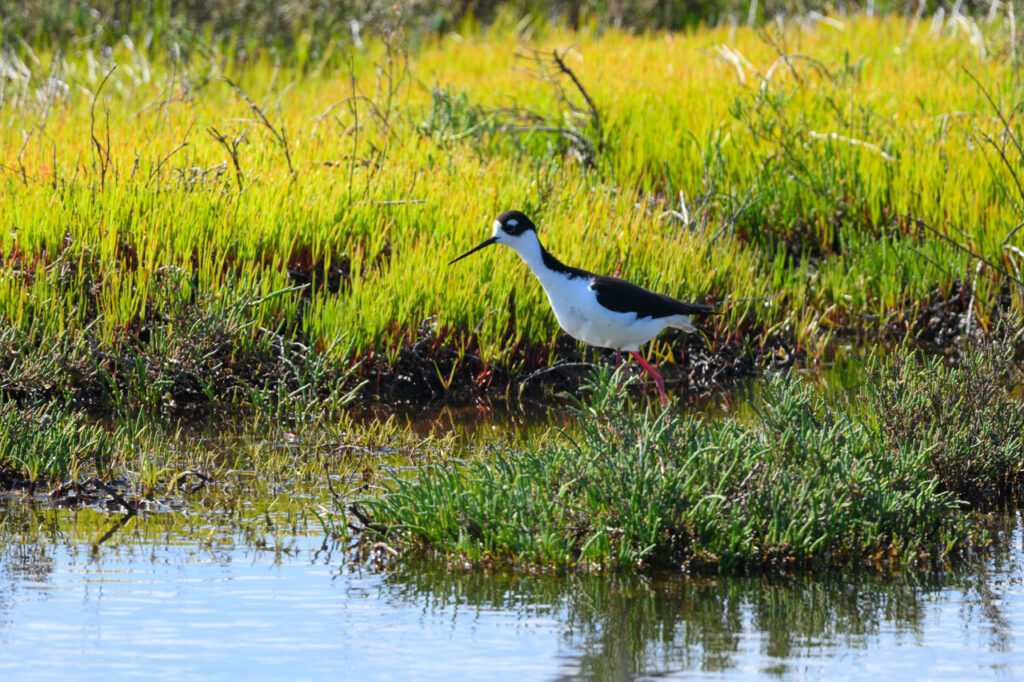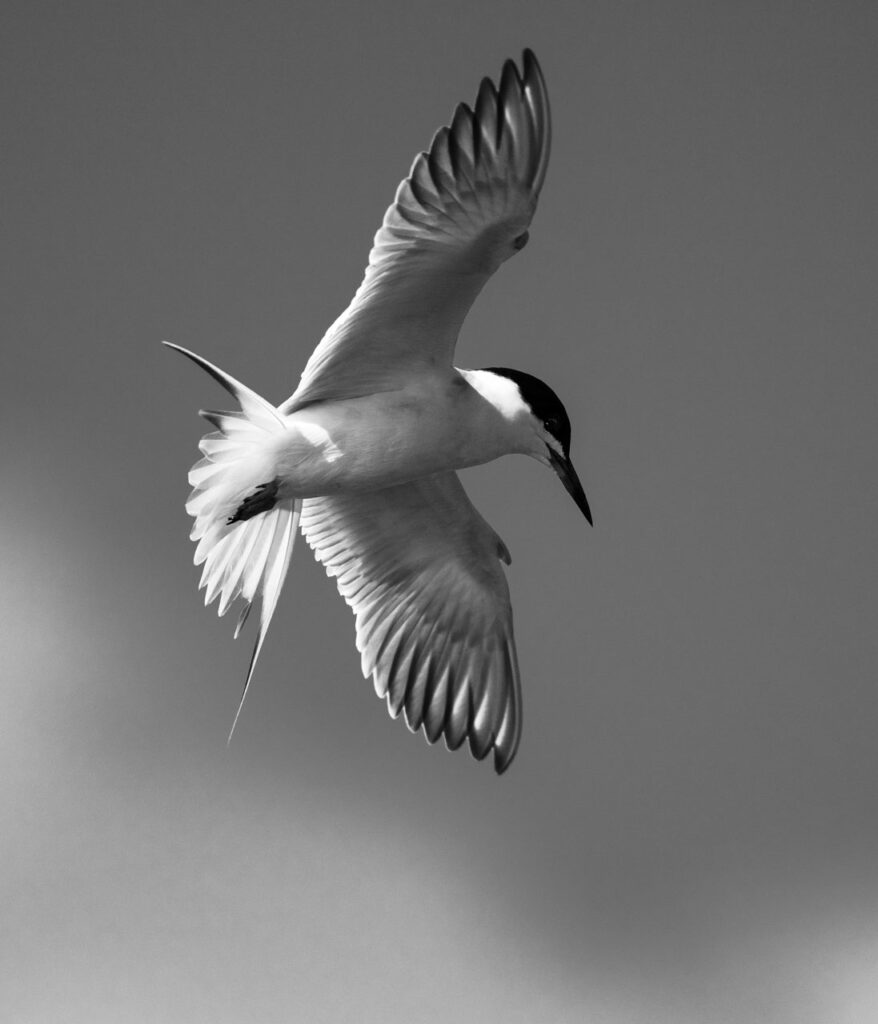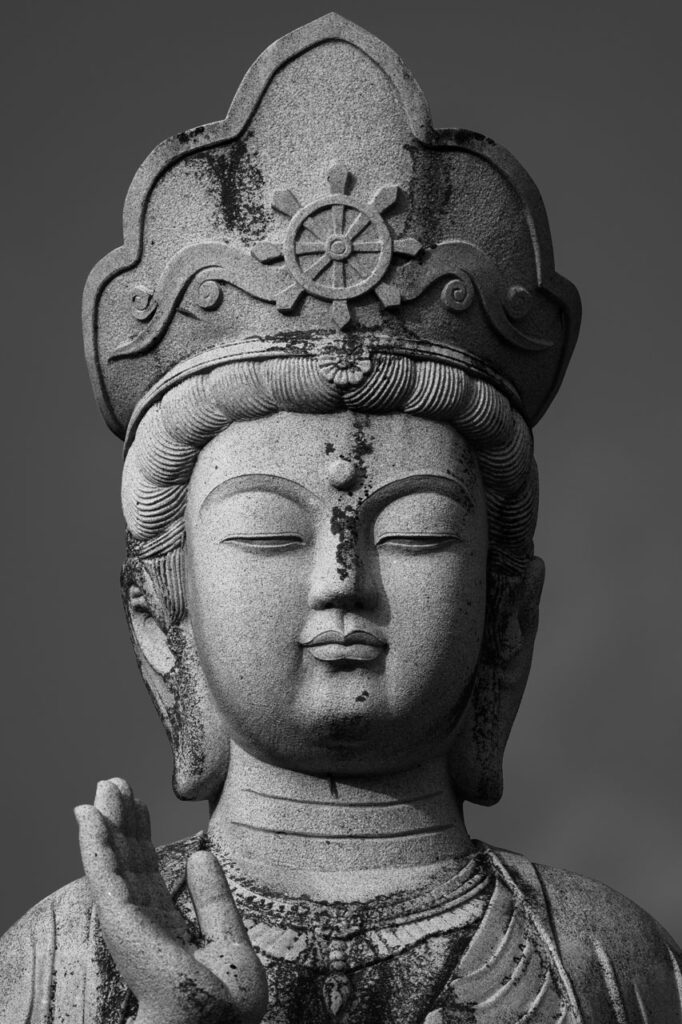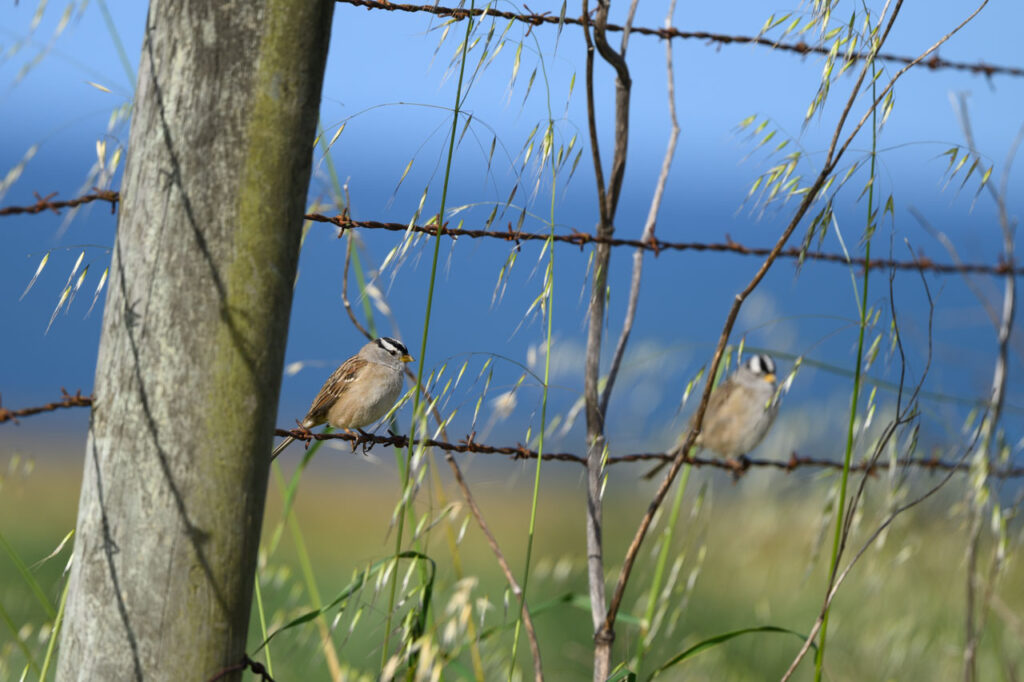
オオジュリン / Reed Bunting
I came to Kirara-hama, which is crowded with Reed Buntings. As I have never seen Japanese Reed Bunting, I am not confident that I can distinguish between them.
Referring to a page that explains how to distinguish between (Common) Reed Bunting, Japanese Reed Bunting, and Pallas’s Reed Bunting, I proceeded with the assumption that the Reed Bunting must be the same. I judged them on the basis of the following features: blackish-brown longitudinal breast spots, reddish-brown small rain coverts, and the absence of blackish-brown margins on the ear feathers.
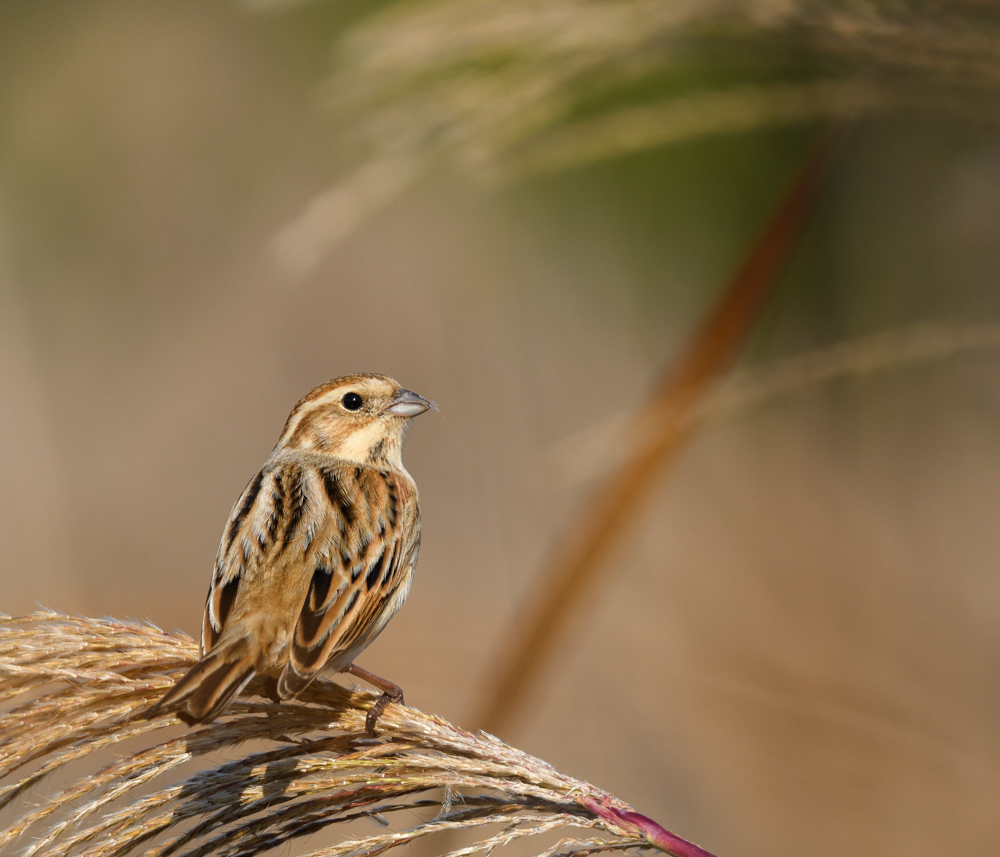
It is said that they peel the skin of reeds and eat the insects inside, but what kind of insects are they eating? I can’t help but think they are eating something that looks like white mold under the bark.
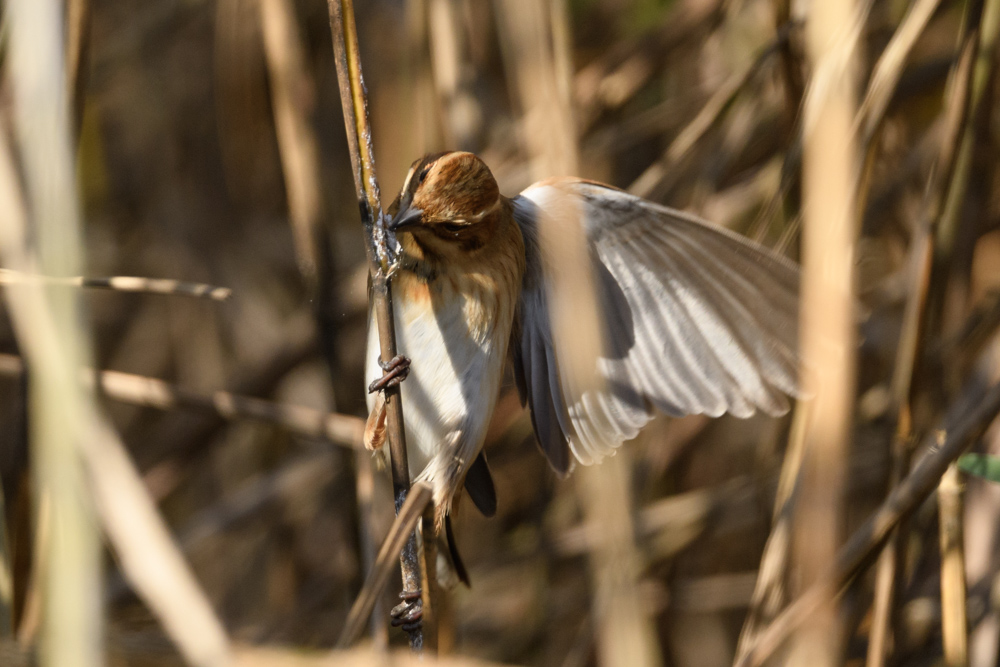
Dexterously peel off the skin.
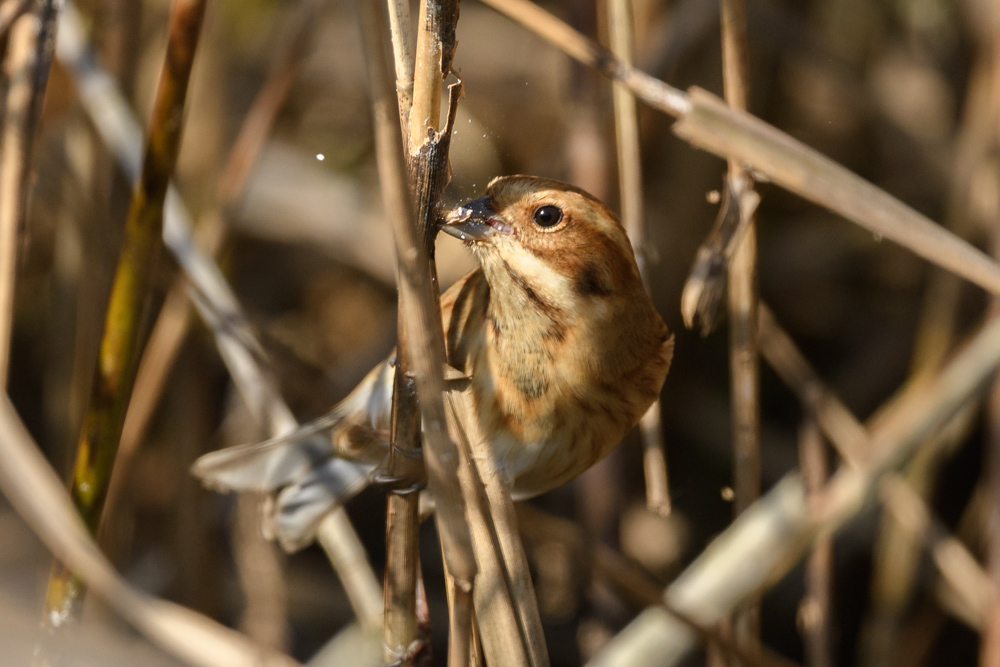
After peeling the skin all over again, It took a sip of water and took a breather.
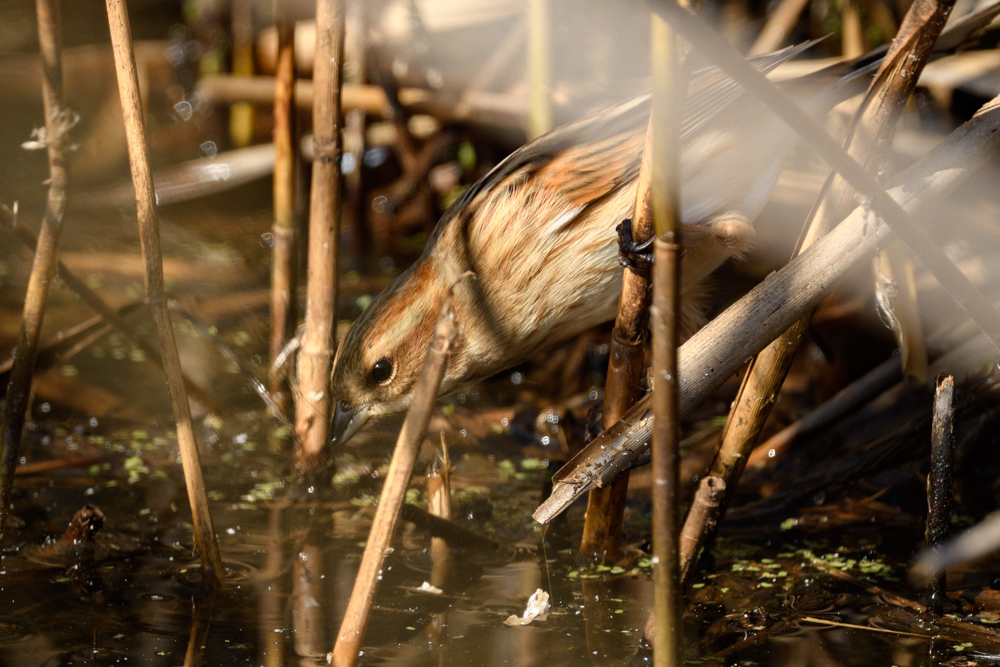
A Reed Bunting eats berries attached to an ear. Ears of silver grass and reeds seem to be very similar, and I failed to confirm which ear it was.
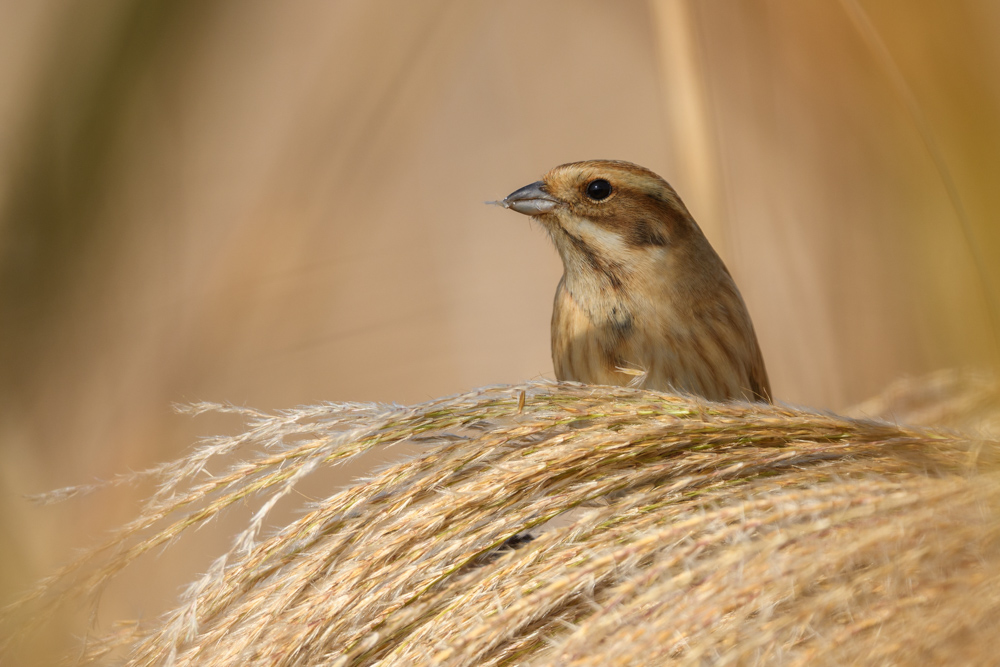
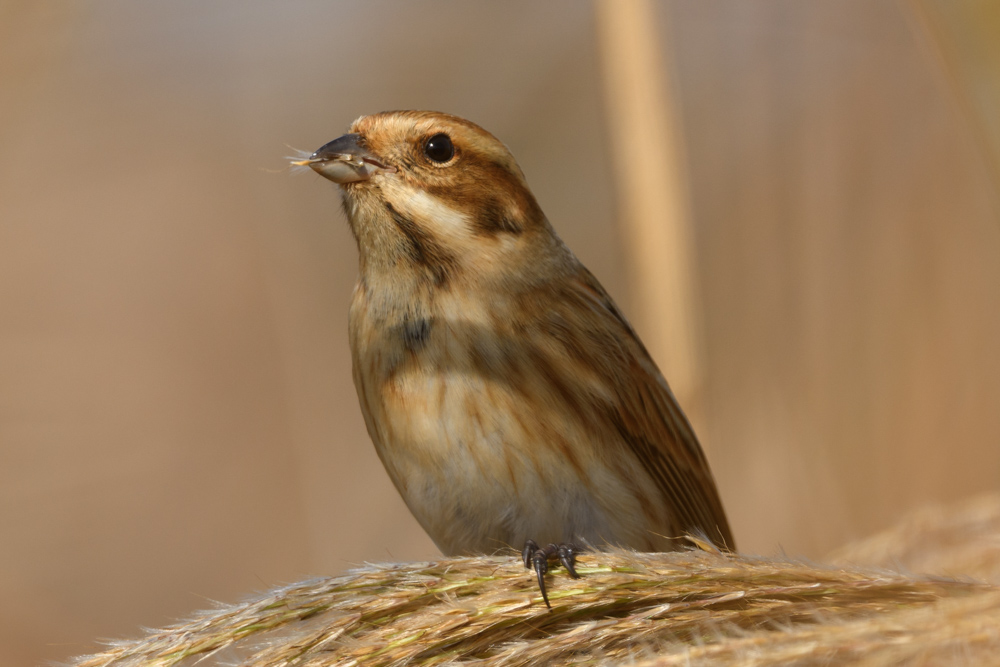
The last one was a Little Grebe. The light was good and the image was crisp and sharp, despite the messy reed bed waterside. I like the way it brings the subject to life.
